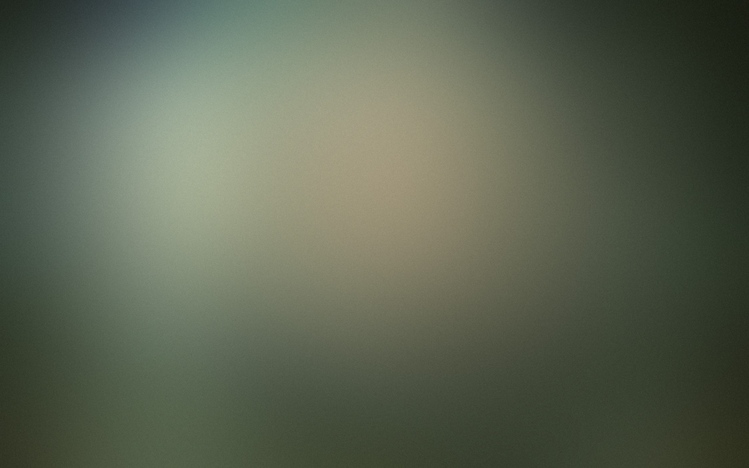
#Solid color vdmx5 software#
Based on these parameters, a series of practical proposals has been created and evaluated exploring the use or adaptation of existing software packages, and also the design and implementation from scratch of a new program. This seeks to provide parameters for the creation and use of computer-based artefacts to support dance creation. This theoretical framework supported the generation of a new concept: the Choreographic Planning Environment (CPE). An extended definition of Distributed Choreography, developed from Distributed Cognition and Group Creativity approaches, was the framework employed to analyse the use of computer-based artefacts within dance creation. To assess the tasks a computer application can accomplish within choreographic processes in Brazil, four works were used in this research. The objective of this research is to develop ways to assist choreographers that are willing to use computers within their choreographic processes but find it difficult because of the lack of educational or financial support. It is argued that technology might now have an important role in the artistic work of choreographers, since it is becoming gradually more accessible. However, digital inclusion is now a government objective while economic and educational inclusion is still a dream. All impure (unsaturated hues, created by mixing contrasting colors) comprise the sphere's interior, likewise varying in brightness from top to bottom.Īrtists and art critics find the color solid to be a useful means of organizing the three variables of color-hue, lightness, and saturation (or chroma), as modelled in the HCL and HSL color models-in a single schematic, using it as an aid in the composition and analysis of visual art.Access to new technologies has often been difficult and inadequate for the needs of contemporary choreographers during the recent history of dance in Brazil. All pure (saturated) hues are located on the surface of the sphere, varying from light to dark down the color sphere. The vertical axis of the color sphere, then, is gray all along its length, varying from black at the bottom to white at the top. At the upper pole, all hues meet in white at the bottom pole, all hues meet in black. Moving vertically in the color sphere, colors become lighter (toward the top) and darker (toward the bottom). Moving toward the center of the color sphere on the equatorial plane, colors become less and less saturated, until all colors meet at the central axis as a neutral gray. As in the color wheel, contrasting (or complementary) hues are located opposite each other.

Pure, saturated hues of equal brightness are located around the equator at the periphery of the color sphere.

The color spheres conceived by Phillip Otto Runge and Johannes Itten are typical examples and prototypes for many other color solid schematics. Many are in the shape of a sphere, whereas others are warped three-dimensional ellipsoid figures-these variations being designed to express some aspect of the relationship of the colors more clearly. Spherical coordinate system (for comparison)ĭifferent color theorists have each designed unique color solids.


 0 kommentar(er)
0 kommentar(er)
